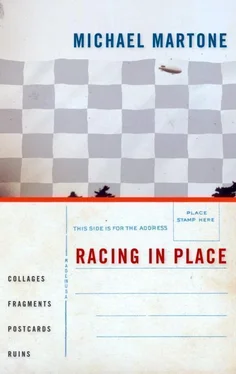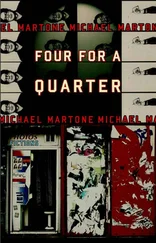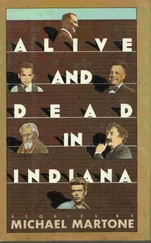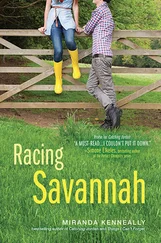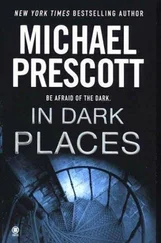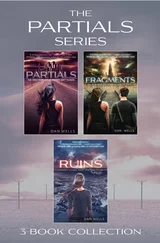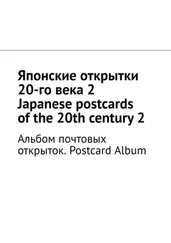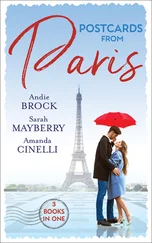E
During my eye exam, I tell my eye doctor I am writing this essay about my glasses. He has never heard of the SHURON Company, tells me that almost all frames now are manufactured in Italy, a few companies in Japan, but most in Italy. There are a handful of firms in America still supplying niche markets, he tells me as he looks at my eyes in various ways. I show him my glasses, and he marvels at their construction and, of course, remembers them, remembers the famous people who wore them. That gets him thinking about new technology, and he mentions laser surgery again as a possible option for me. He attempts to explain how computers map and cut lenses now, making it easy to fit any frames with specific optics. In the past, different frames demanded different specific blank lenses to be cut. "Does this look better or worse?" he asks me through the machine I am looking through. "Read the bottom line." And I do. "Better or worse," he asks again, flipping lenses around in the machine. For a while I wore contact lenses, but the impermeable plastic prevented oxygen getting to my corneas. My eyes compensated, building new networks of capillaries to feed the eye more oxygen. Had this continued, my lenses would be wormy with capillaries all mined out. So I got glasses, my glasses. My eye doctor, who does not sell frames, says he sees the ruins of my now abandoned capillary compensation, ghosts and fossils in my eyes. The damage has stopped. My doctor has a collection of eye charts from around the world. Chinese, Arabic, Korean, Cyrillic. Today I am in the Greek room, the alphabet that looks like a ruin of our Roman one. I think about the big eyes of the big-eyed Greek icons. Their elongated faces and bodies save those eyes from being the eyes of the cute. But they are that big, and they are washed over by the reflected window on the pupil, the glossy stare of Japanese anime. Those eyes are glasses made out of eye. Finished, the doctor gives me a new prescription.
E
In the movie Enemy of the State Gene Hackman plays Edward "Brill" Lyle, a deeply paranoid former NSA spook who stumbles into the main plot, featuring Will Smith enmeshed in an elaborate electronic-surveilled chase. At one point the characters repair to Brill's secure hideout. There, in a slow panning shot, the camera rests for a second on a photo of a much younger Gene Hackman, and we are to take it as a much younger picture of a much younger Edward "Brill" Lyle. In the picture the young Hackman/Brill is wearing my glasses. The glasses add depth of time to the picture, of course, and a kind of innocence. The glasses make the character in the picture innocuous, a middleclass father of a certain era, a salary man, a civil servant functionary. The photo in the movie is actually another movie's movie still. The movie is The Conversation, in which Gene Hackman plays Harry Caul, a paranoid eavesdropping spook who overhears and misinterprets conversations he is paid to record. The photo that one movie placed into this other movie is, first, an injoke. And I was thrilled to spot it. But it also creates the reality of this particular illusion created by the films. Both films worry the reality of reality and how sense is made sense of by collecting and interpreting the residue of action or its purposeful construction out of abstraction. Clues are left behind by accident and design to confuse or make clear. I see I see. A caul is a portion of the amnion, the birth sack, that covers the head of the baby at birth. In The Conversation Caul covers his head with the covers of a bed so as not to see the consequences of his action. He sees too much. He doesn't see enough. He sees nothing at all. But it's just a movie, an art form based on a trick of the eye, all those still shots racing by fast enough to move. When I watch movies I watch out for characters wearing my glasses. "Nice glasses," I say to the person next to me. I think I wanted my glasses to be my glasses after watching so many movies in which my glasses appeared. I was attracted to those glasses. The frames were empathic conduits. They sparkled and winked. They were caught in space halfway through time. I pictured myself in those glasses, imagined myself transformed by their simple adoption. The picture in the picture, the one where Gene Hackman playing Harry Caul is wearing my glasses (nice glasses!), focuses on the eyes. The glasses are used to focus the eyes, the eye, the Eye, and the I.
E
I return to the optical shop-the one who said he would never see me again after selling me my Ronsirs-to have new lenses made for my frames. My eyes have gotten worse. When I arrive, I discover the office, a small glass box building, is closed. Staring in the many windows, I see the rooms completely empty. I am reflected in the big plate glass windows, my hands cupping my eyes and my glasses in an attempt to knock down the glare. It does not appear the company has moved to a new location. There is no sign left behind directing me to a new address. When I got my glasses here several years ago, the optician showed me several other frames, had me try on many pairs. I was there at the moment the global eyeglass style was shifting once again. In this transition, there were twice as many options as usual. Frame size was shrinking fast with small-shaped lenses. The newer frames were more playful with the way they beveled color into the plastic edges, sandwiching layers of color in the frame. But there were still many examples of the previous style with their huge lenses in a simple plane geometry of shapes-circle, oval, square. And there were odd combinations of plastic, the double bridge piece of the massive aviator frames or the migration of the temple pieces to hinge on the bottom corners of the lenses, the temple pieces themselves distorted and twisted. Some looked like bolts of lightning, a series of waves crashing on the ear, or the spiraling meander of smoke. In the end, I had him look up my glasses. He knew exactly what I meant and cut into the huge catalog to the SHURON offerings. "These never change," he said. Except for the "OPTICAL" signage there is nothing left. The building is a shell. It seems to stare back at me. I turn to go back to my car. I can drive with correction. I blink and blink in the bright sun. My eyes have gotten worse. My glasses are like new.
Thirteen Ways of Looking at the Moon Winx


An Essay on the X
It is the Moon Winx Lodge. That x does a lot of work. There is the x that visually represents a cartoon wink. The eyes are x'ed out in death or drunkenness, the unconscious x that mimics the XXX labeling the jug of moonshine. At night when the kinetic neon of the sign blinks and winks, what flutters on and off is an X of braided tubes. The man in the moon x's out for a moment, then snaps awake again. And why that knowing wink? The X of the unknown or, more precisely, the X of the not wanting to know, the hidden, the disguised, the censored. x'ed out. It is the X of sex, of course, the ultimate rating. The excesses of sex. Or the string of drunken kisses. XXX. The cheesy lodge is a testimonial for itself: The Notell Motel. X marks this spot. It now is X-rated. Winx is a kind of poem. It multiplies its meanings. X times X. It's the cross-hatching of a switch, a toggle. It is the map of the crossroads. One does both in bed. Sleep. Sex. Sleep. Sex. This double cross. These eyes closing in sleep and closing in pleasure. These I's leaning in toward each other, crossed and crossing. X-tasy. X-scape. X-tra marital. "Get it?" the sign says, "Get it?" The sign winxs, and you do, you do get it.
Читать дальше
